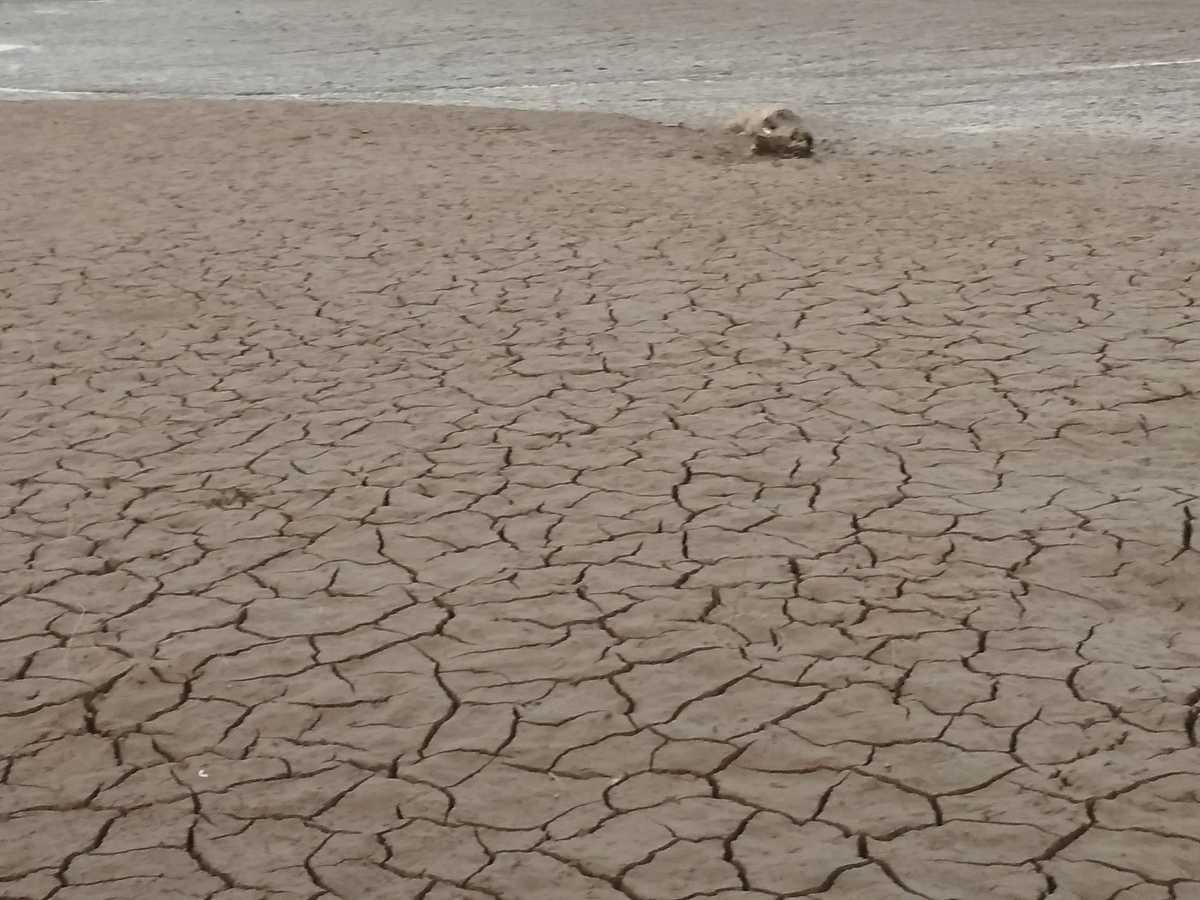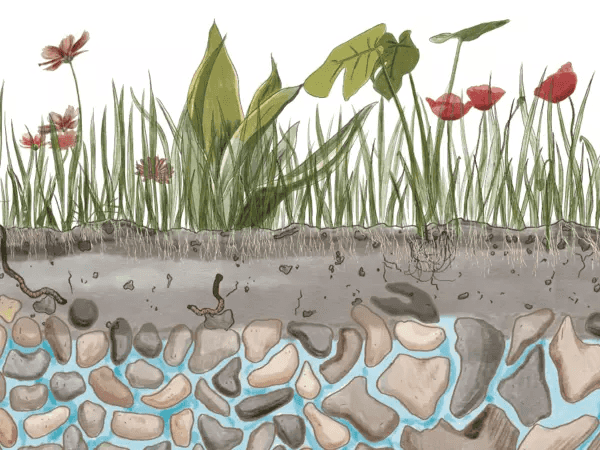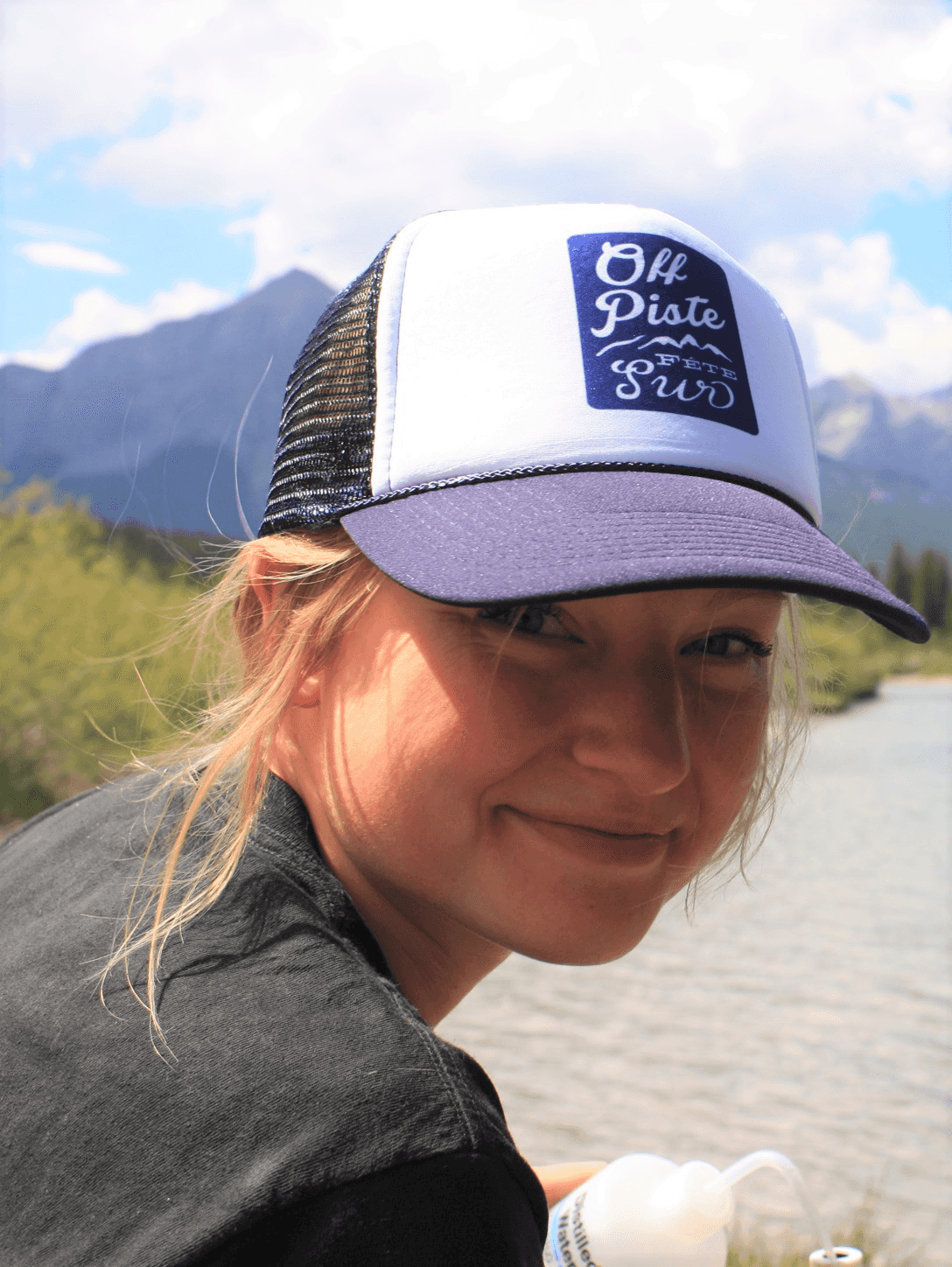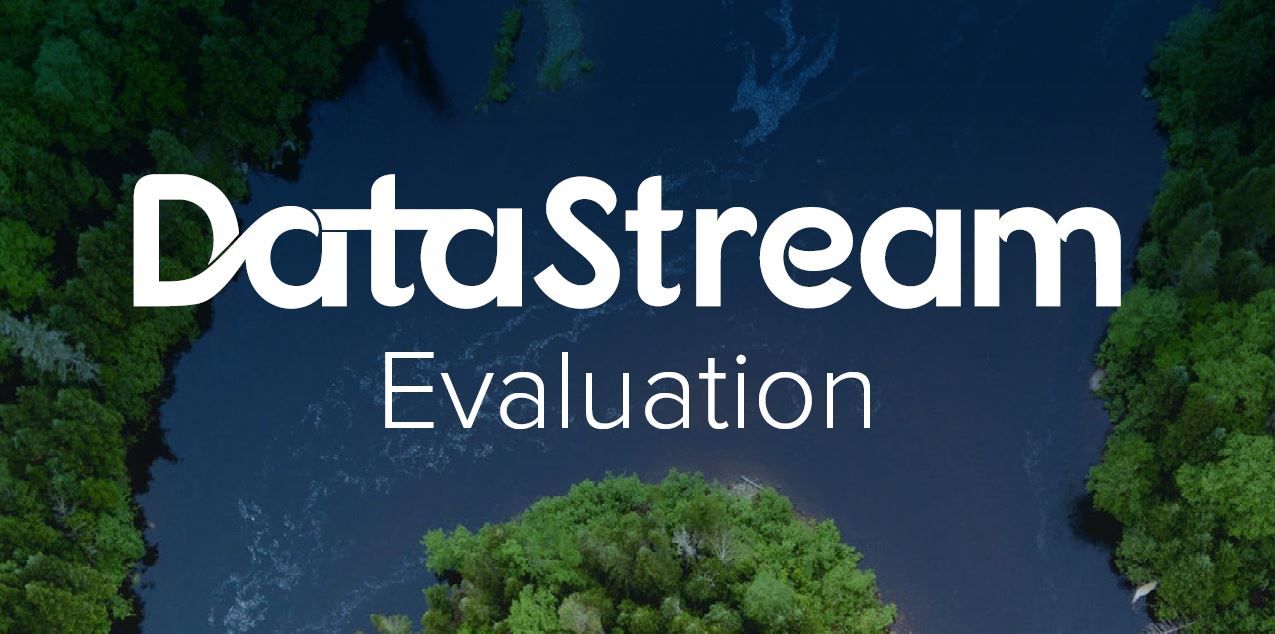
Groundwater data: Out of sight, out of mind?
By Mary Kruk
March 21, 2022
Groundwater is a vitally important resource, one that is often overlooked in freshwater management. Despite its importance, in Canada we know relatively little about how groundwater behaves, its quality, or how the quality and quantity have changed over time.
This is why groundwater quality is the next data type that DataStream is actively working on adding to our open data platform.
What is groundwater and why is it important?
Of all the unfrozen freshwater on earth, 99% is stored as groundwater! We rely on it for drinking water, for agriculture to grow food, and to replenish rivers, lakes and wetlands.

Groundwater is water stored below the earth’s surface in fractures in rocks, or in the spaces between sand and gravel. It is replenished by rain and snow filtering into the ground, and can be pumped to the surface through water wells. Image credit: UN-Water World Water Day 2022.
Most fresh surface water begins as groundwater. Groundwater feeds springs, rivers, lakes and wetlands and seeps into the ocean. Groundwater moderates the levels, temperature and quality of these surface water ecosystems, providing critical habitat for fish, bugs, and riparian plants.
How many communities rely on groundwater?
About 70% of the food grown globally relies on groundwater, either directly (roughly 40%) or indirectly, when groundwater contributes base flow to surface water.
In addition to agriculture uses, many people in Canada depend on groundwater as their main water supply. Environment Canada reports that one-third of Canada’s population relies on groundwater for everyday use, ranging from 21% in Alberta to 100% in Prince Edward Island.
The majority of people relying on groundwater for drinking water live in rural areas where private wells are a reliable and affordable water supply. Others live in small communities where groundwater is the main source for municipal water supply systems.
Addressing data gaps
Monitoring and assessment of Canada’s groundwater is imperative now more than ever as reliance on groundwater increases with changes in climate and extended drought periods.
In Canada, groundwater quality data is collected across different monitoring programs, sectors and jurisdictions. However, it can be difficult to aggregate and appropriately interpret water quality data from different sources due to varying methods for collecting, analyzing and reporting water monitoring results.
DataStream has been actively working to address this challenge since it first launched in 2016. To date, more than 17 million unique surface water quality observations have been shared by over 200 different monitoring groups, including governments, communities and research programs.
Now, we are working to adapt DataStream’s open data schema to accommodate the unique needs of groundwater quality data and align with other national groundwater data initiatives, such as the Groundwater Information Network.
A sustainable future
Open sharing of groundwater quality data will help Canada report on important UN Sustainable Development Goal (SDG) indicators, such as progress on improving ambient water quality in surface water and groundwater ( SDG target 6.3.2 ). To date, tracking on this indicator in Canada has been limited to surface water only.
Ensuring that data on groundwater quality is accessible, both now and into the future, is a critical step towards better understanding, using and protecting this essential freshwater source.
If you are collecting groundwater quality data and would like to be involved in testing DataStream’s groundwater data template, we would love to hear from you. Contact us at team@datastream.org

About the Author
Mary Kruk joined the Gordon Foundation in 2020 as a Water Data Specialist with DataStream. In addition to working directly with data stewards to bring their data online, Mary is currently leading DataStream’s work to include groundwater quality data. Mary is based in Calgary and can be reached at mary@datastream.org.
Header photo by Sreyasvalsan, CC BY-SA 4.0, via Wikimedia Commons.
Five things you may not know about the Mackenzie River
On World Rivers Day, we’re highlighting the majestic Mackenzie River. So, here are five facts to help you get to know the Mackenzie River.
The results are in! DataStream's 2023 external evaluation
We asked for your feedback, and you delivered! DataStream is pleased to share the results of our 2023 external evaluation.
Job Posting: Executive Director
The Executive Director (ED) will play a pivotal role in leading DataStream at an exciting time of growth.


